Genomic projects exploit scale as clinical applications play catch-up
Pharmaceutical Technology
JUNE 30, 2022
Analysing almost eight thousand tumours across 33 different cancers, researchers say this marks the first time that a framework was created to understand the role of internal factors in driving such genomic alterations. Genomic research have greatly expanded our understanding of disease pathophysiology over the years.



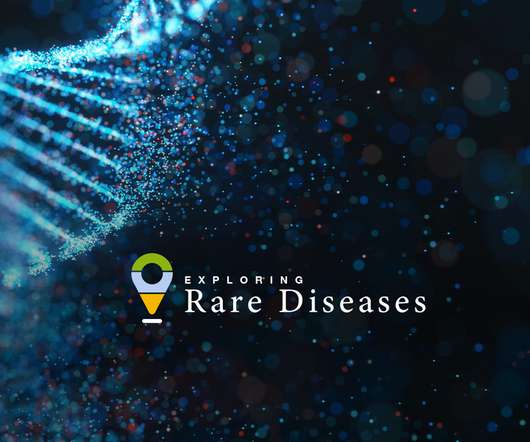
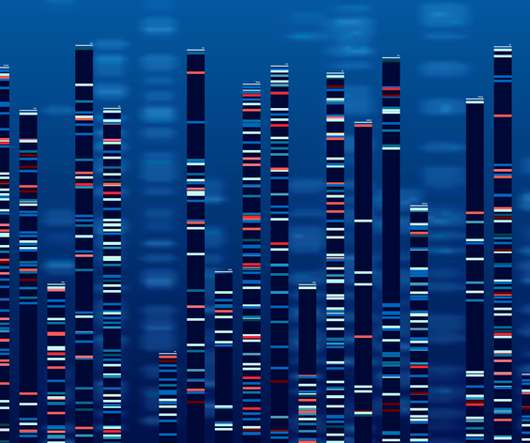
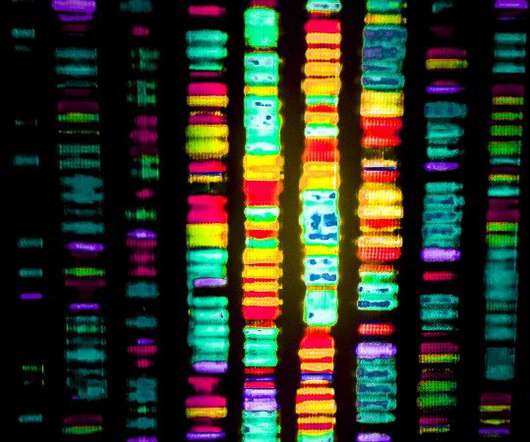
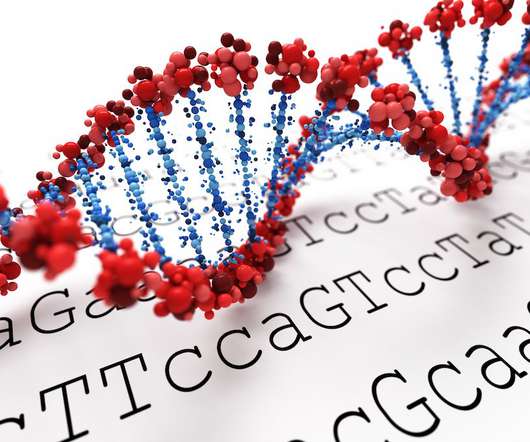
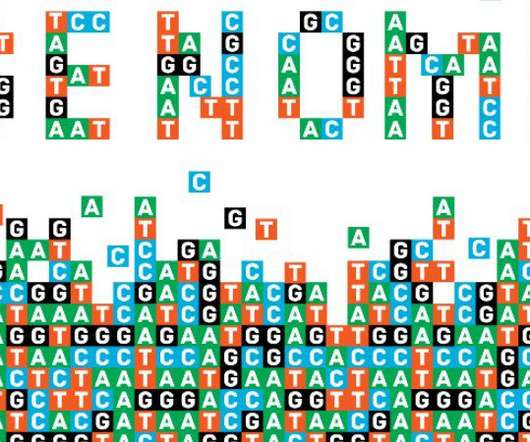



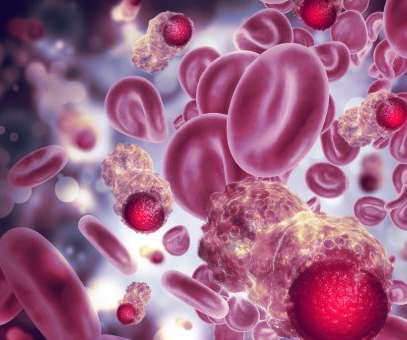









Let's personalize your content